While the December sunshine beat down outside, numerous exhibition stands glittered with gold inside the Convention Center in Miami Beach. The material is enjoying a boom in contemporary art. It allows artists to express their need for exclusivity and glamour, to amuse themselves over the trappings of the market and to occasionally also recall a tradition. The Meile gallery from Lucerne exhibited a pile of small boats made from gold paper by the young Chinese artist Hu Qingyan. The hand-folded shapes were regarded as currency during the Ming dynasty, whereas today they are floated on rivers as a greeting to ancestors. However, gold is also a more suitable means than virtually anything else for expressing the exclusive standard that Art Basel embodies in the global art market with its three locations in Basel, Miami Beach and Hong Kong. It reigns supreme amongst the modern art shows up to the present day.
A meeting place for artists and experts
Many gallery owners want to display their collections at Art Basel. Artists implore that their work be exhibited there. Collectors know that people who buy here are rarely wide of the mark. The artworks not only provide pleasure, they also have an enduring value. Numerous museums send their acquisition committees. Directors, curators, art advisers and other experts use the show as a meeting venue. In one day, the general public can see a greater and more diverse range of art than almost anywhere else.
Its importance was highlighted in impressive fashion in December 2014 in Miami Beach. All the exhibitors from the previous year reapplied for the 13th Art Basel. Well respected galleries, for which the beach-side metropolis long represented too much of an excess of bikinis and tequila to focus on serious art and to achieve high prices, have now forced their way into the show. Young dealers from emerging regions have fought for an exhibition slot. 267 exhibitors from 31 countries and five continents were ultimately fortunate enough to attend. Some 73,000 visitors viewed their collections over five days. That is a record in a city that has long only made headlines for real estate, beach life and immigration.
The founders of Art Basel could hardly have dreamt of such success in 1969. However, even then they were driven by the forces of an art market becoming increasingly international. Legend has it that in 1969 a small circle of friends in the art world sat in a bar room and discussed how Basel could be opened up for contemporary art. The gallery owner Trudl Bruckner suggested establishing an art show and obtained support from her colleagues Ernst Beyeler and Balz Hilt. Beyeler had already gained global recognition for selling the legendary art collection of the Pittsburgh steel magnate George David Thompson. At a single stroke, Beyeler became one of the leading art dealers of the 20th century. With his international contacts, a new show could succeed. The management of the then “Schweizer Mustermesse” gave the go-ahead.
Rapid growth
The timing was opportune. The immediate post-war period was over. A new middle class had disposable income. Pop Art made art easier to understand and became a totem of a contemporary outlook on life. The first art market was held in Cologne in 1967, and other cities in Germany considered similar plans. The founders of Art Basel received offers to participate there but instead focussed on independence and quality. Art Basel was to become better and more international than the German competition and would steer clear of associational politics and its cliques.
This concept of a cosmopolitan forum for the best possible art of the time won over gallery owners and art enthusiasts, ensuring Art Basel was a success from the outset. In 1970, 90 gallery owners and 30 publishers from 10 countries attended, and over 16,000 visitors viewed their exhibitions. There was a relaxed atmosphere. Pigeons flew through the old exhibition halls giving a fright to gallery owners concerned about their works of art. On the forecourt, Jean Tinguely’s machines sprayed water over visitors. The art show was a huge event.
It had already reached its current size by 1973. 281 dealers exhibited to 30,000 visitors. Art Basel occupied both floors of the historic “Rundhofhalle”, which still gives it a special atmosphere today. Its appeal endured, crises shook the art trade but barely impacted upon the Basel art show. In 2014, a record number of 92,000 visitors attended who were able to enjoy the work of over 4,000 artists.
Ever more new collections
The high quality of the art, the rigorous selection of exhibitors and the constant adaptation of the show have ensured the success of Art Basel. An international advisory committee made up of gallery owners was first set up in 1974 for the selection of applicants and most recently chose just under 290 participants from over a thousand candidates. The technical fit-out of the stands and the layout of the exhibition have been adapted to meet growing expectations. For sizeable fees, Art Basel offers its customers, the dealers, an outstanding service and its visitors constantly different forms of presentation. Shows focussing on particular countries were held in the beginning and took place from 1973. These were followed by “Neue Tendenzen” (New Trends) in 1974 and “Perspective” in 1979, which provided space for the very latest developments. Sections for print and photography emerged as well as ones entitled “Young Galleries” and “Statements”. These provided small stands at reasonable rates for individual artists and immediately became focal points for international collectors and curators.
As artists increasingly sought to escape the restraints of galleries and museums, and created work in supersized formats, Sam Keller, the newly appointed director of art, responded immediately in 2000. He created Art Unlimited in the 10,000 m2 hall designed by Theo Hotz. It has long been an inextricable part of the exhibition. Under the label “Art Feature”, the need for historical positioning in light of the rapidly changing trends in the global art market was taken into account. Dialogue between contemporary art and art history was promoted.
Those who not only want to view art but also require additional information can enjoy an extensive fringe programme comprising presentations, panel events and debates. The presence of many art experts is used, and the public is made aware that Art Basel is not just an exchange for increasingly expensive art but also a cultural event. An external indication of the show’s expansion recently was the new hall designed by the Herzog & de Meuron architectural studio. In the contemporary art market, Art Basel is something akin to an ocean liner on a sea which has long since been teeming with art fairs.
Expansion into America and Asia
The ability to recognise contemporary trends is one of the strengths of Art Basel’s management teams to date. This also applies to globalisation, for example. When the sub-continent of Latin America began to shake off the shackles of dictatorships and mafia organisations and as a new generation of artists and a new class of wealthy collectors emerged, Art Basel, under the leadership of Sam Keller, founded its first subsidiary show in Miami Beach in 2002. It immediately established itself as the leading hub in the art trade for both North and South America. Florida’s southern tip was the ideal location. Not only do lots of Cuban exiles live there, but Latin Americans also feel at home, and the wealthy from North America’s east coast enjoy visiting for a few days of sunshine and cultural stimulation while the frost is biting back at home.
When the market’s attention shifted to Asia and a new group of collectors emerged there with their own museums, Annette Schönholzer and Marc Spiegler, who succeeded Sam Keller, recommended initially taking over the majority share and then total ownership of Art Hong Kong. This exhibition had established itself as the first port of call for the Asia-Pacific region under Marc Renfrew. Art Basel contributed its technical expertise and network of contacts and put Marc Renfrew under contract. The specialist in the Asian art market made a major contribution to ensuring that the transition ran smoothly and that the show appealed to lots of collectors. Auctions are traditionally favoured in the region whereas art shows are a new phenomenon.
Both cities, Hong Kong and Miami, use the art fair to enhance their image in the face of global competition. During the 1990s, Miami was known as a den of iniquity and money laundering centre for South American drugs cartels, and the cityscape was a sorry sight. The Art Deco district has today been restored. Star architects, such as Herzog & de Meuron or Frank O. Gehry, are carrying out projects here, and apartment towers with sea views for the super rich are shooting up all over the place. Private collectors display their art in their own museums. Hong Kong is striving to become the major hub for culture in the Asia-Pacific region. On 40 hectares of raised land on the southern tip of Kowloon – opposite the famous skyline – a vast cultural project was initiated comprising theatres, concert halls and a gigantic museum for visual culture. Its centrepiece is to be the M+ Museum for which Herzog & de Meuron is currently producing the design. The Swiss collector Uli Sigg bequeathed his unique collection of contemporary Chinese art to the planned museum in 2012.
The city of Hong Kong is a gigantic free port, the services are top quality and the legal position guarantees a largely liberal and stable situation until the end of the transitional period in 2048. What would happen to Art Basel, which has firmly established itself here, if these circumstances changed? “You know what, art is a moveable commodity which can be relocated rapidly,” remarks one of the Swiss gallery owners who exhibits his collection in Hong Kong. Just like the little boats that the Chinese artist Hu Qingyan created from folded gold paper. Art Basel is prepared for all eventualities.
www.artbasel.com
Gerhard Mack is culture editor with the “NZZ am Sonntag”
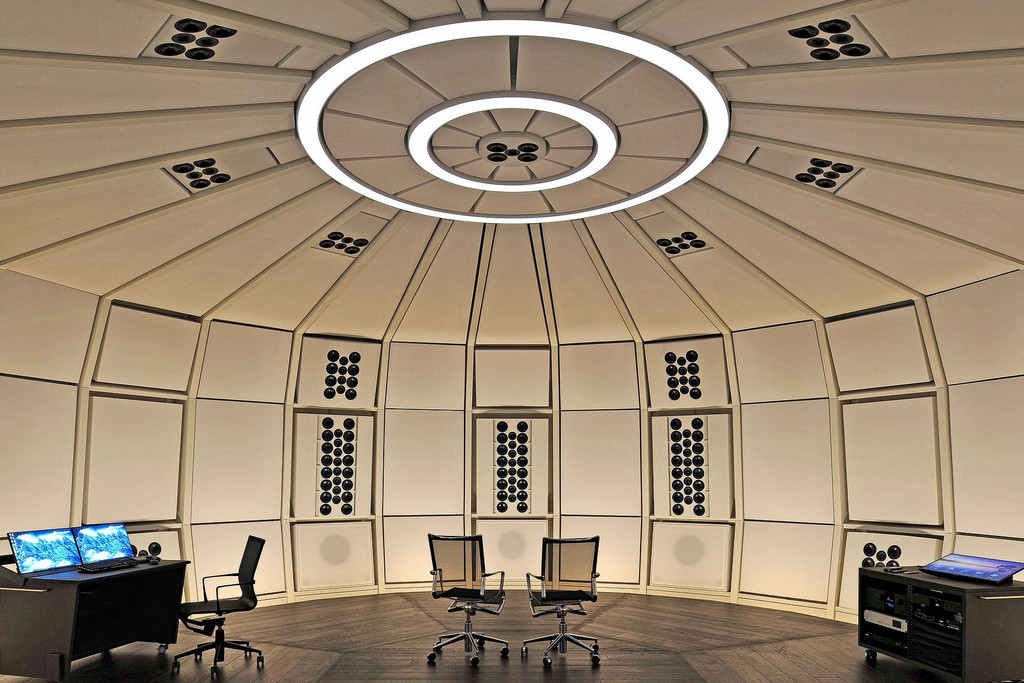

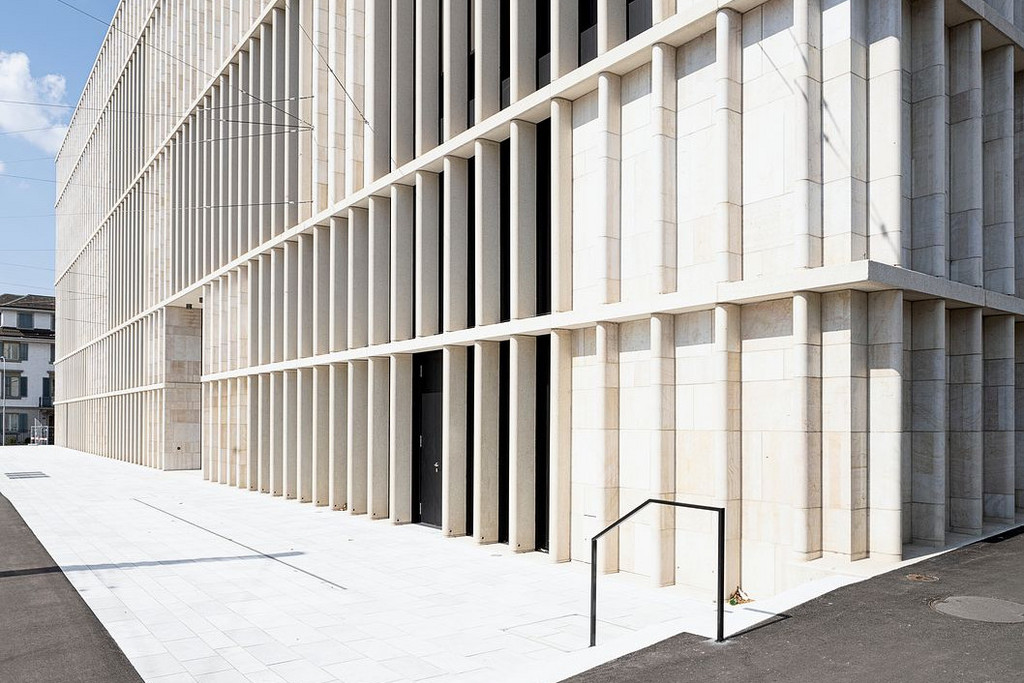
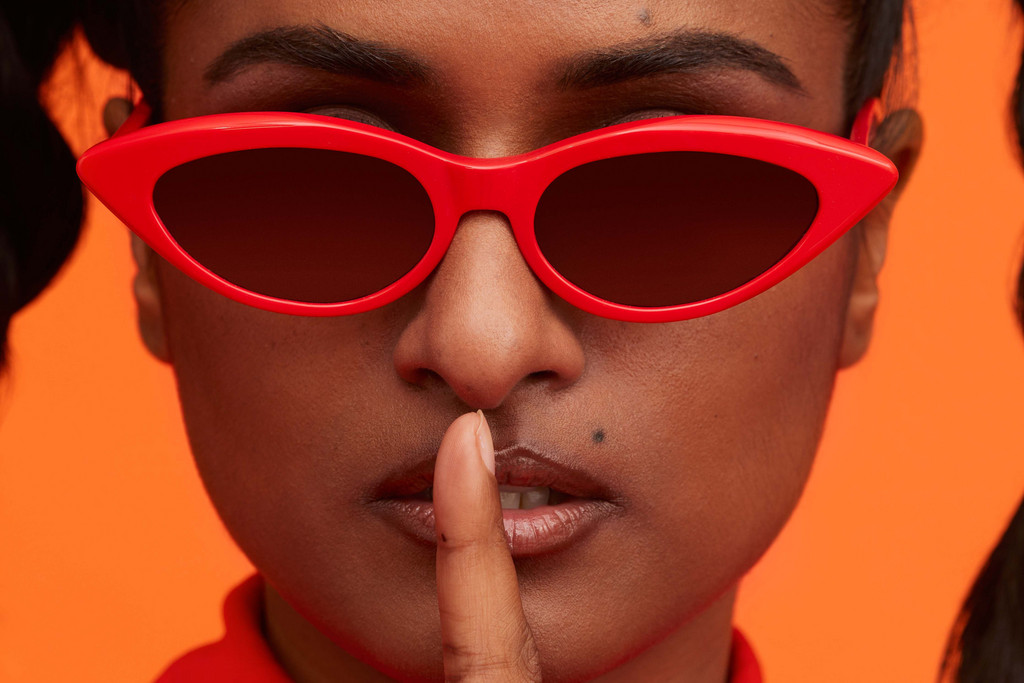
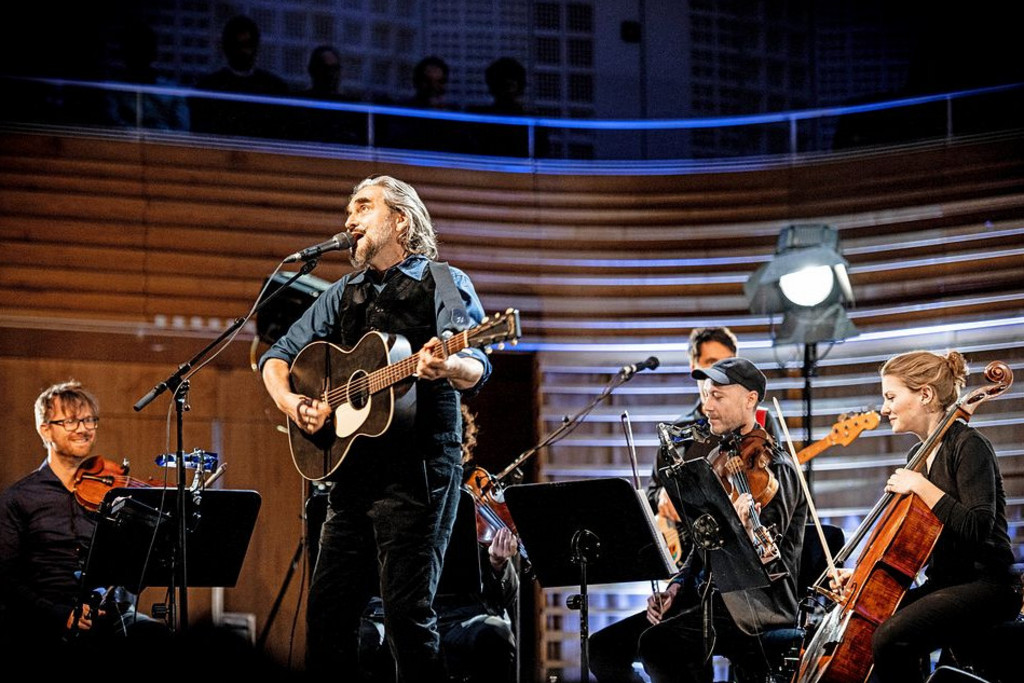
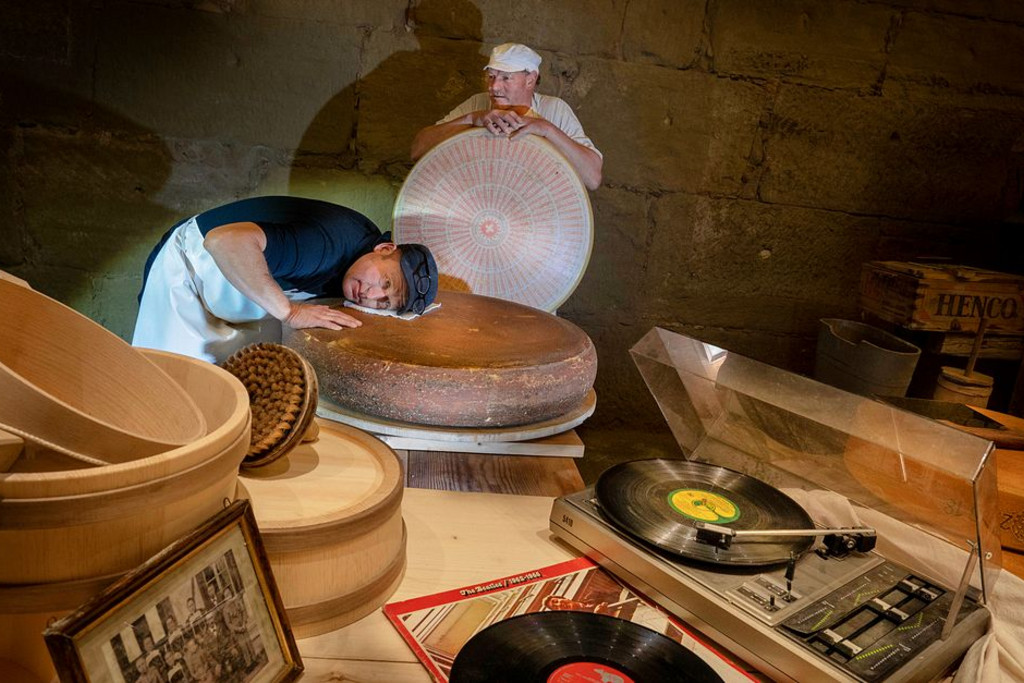
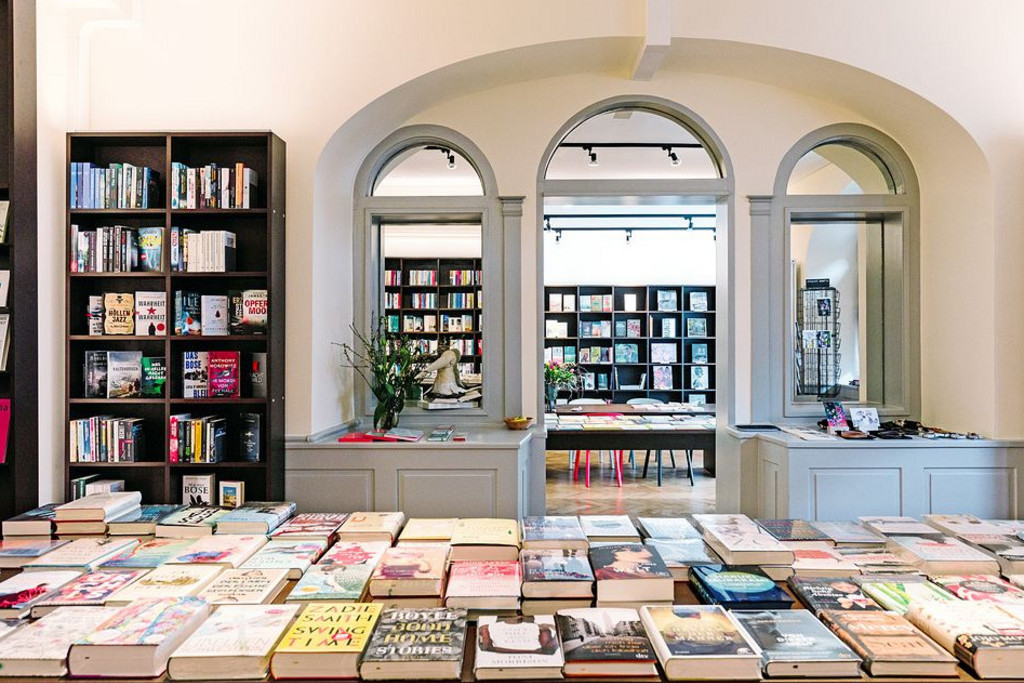




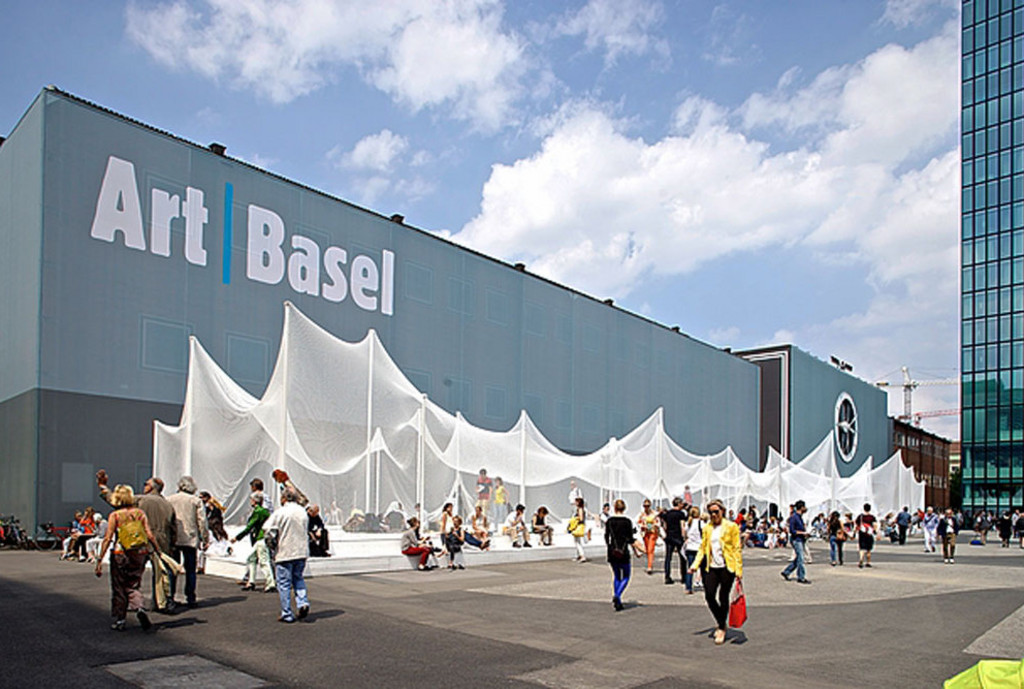
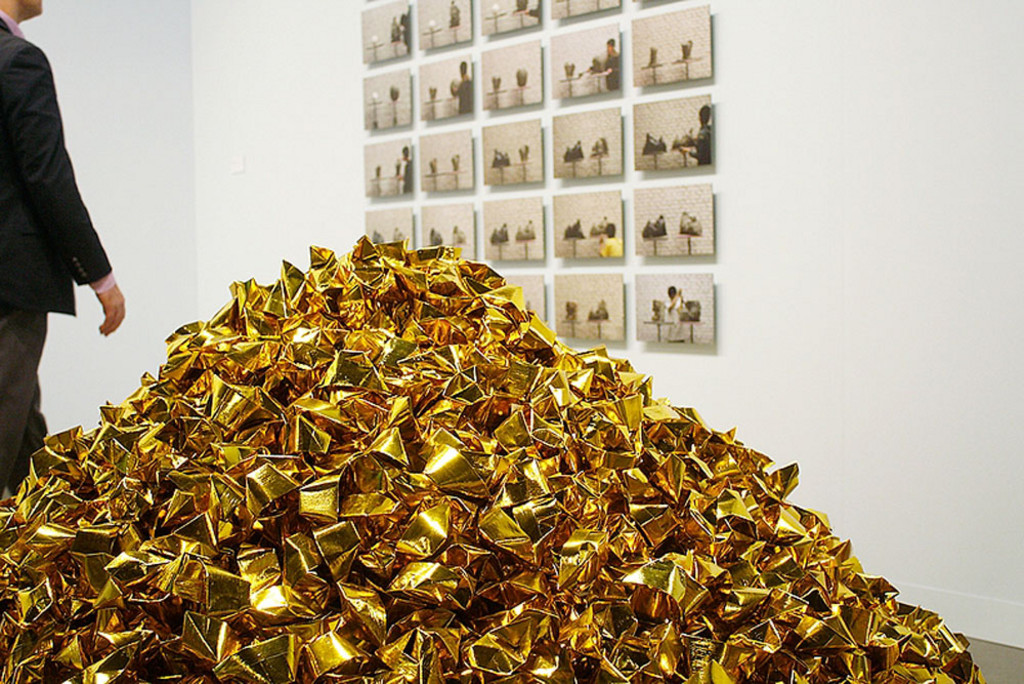
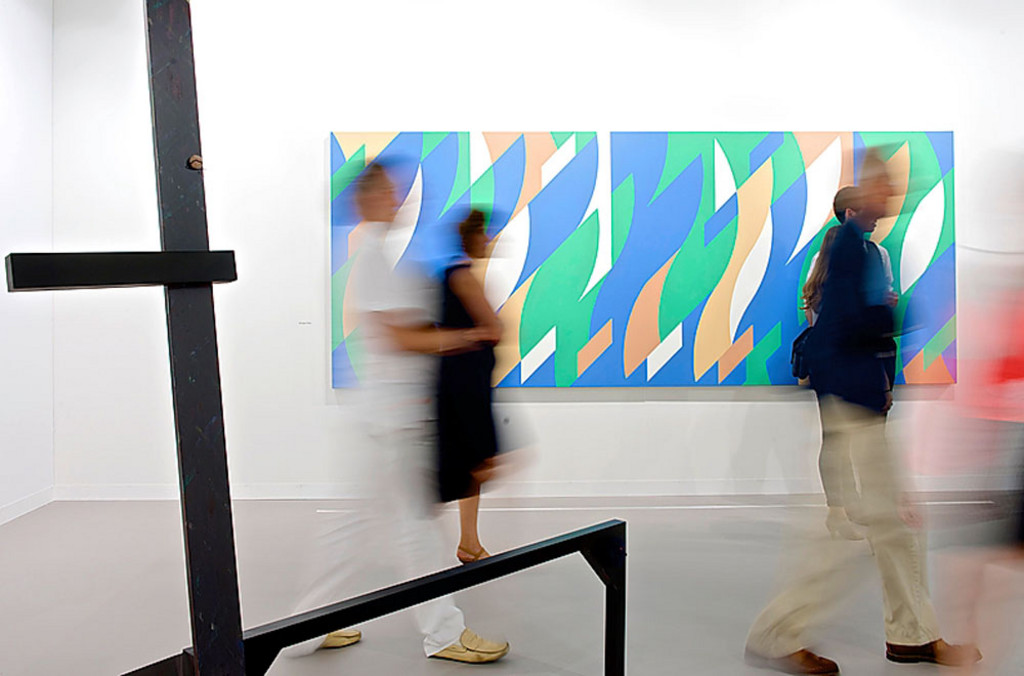
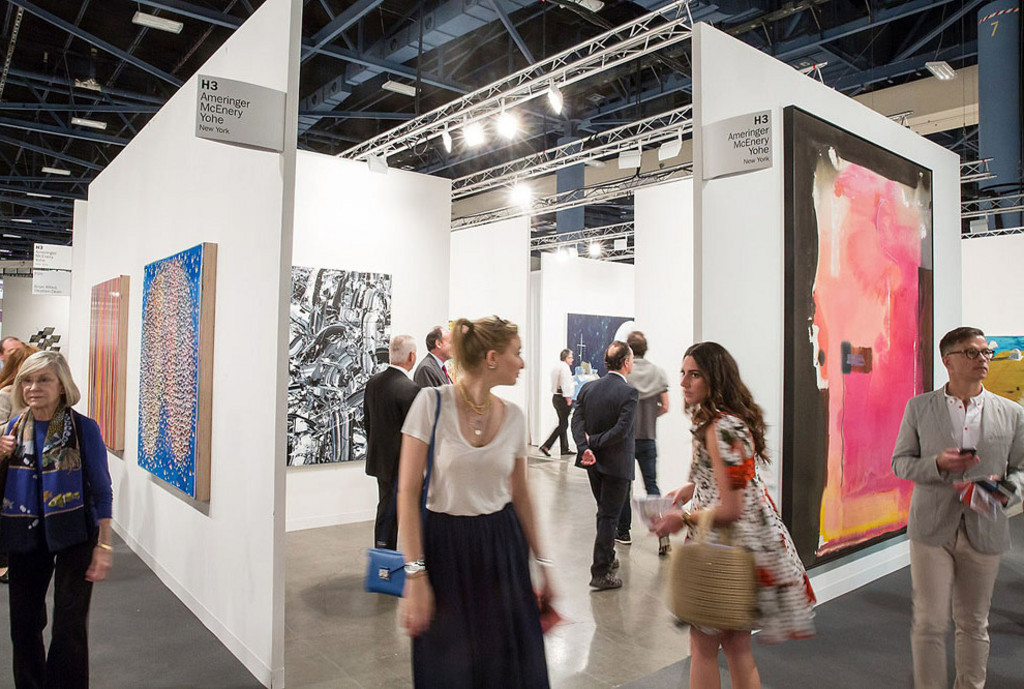
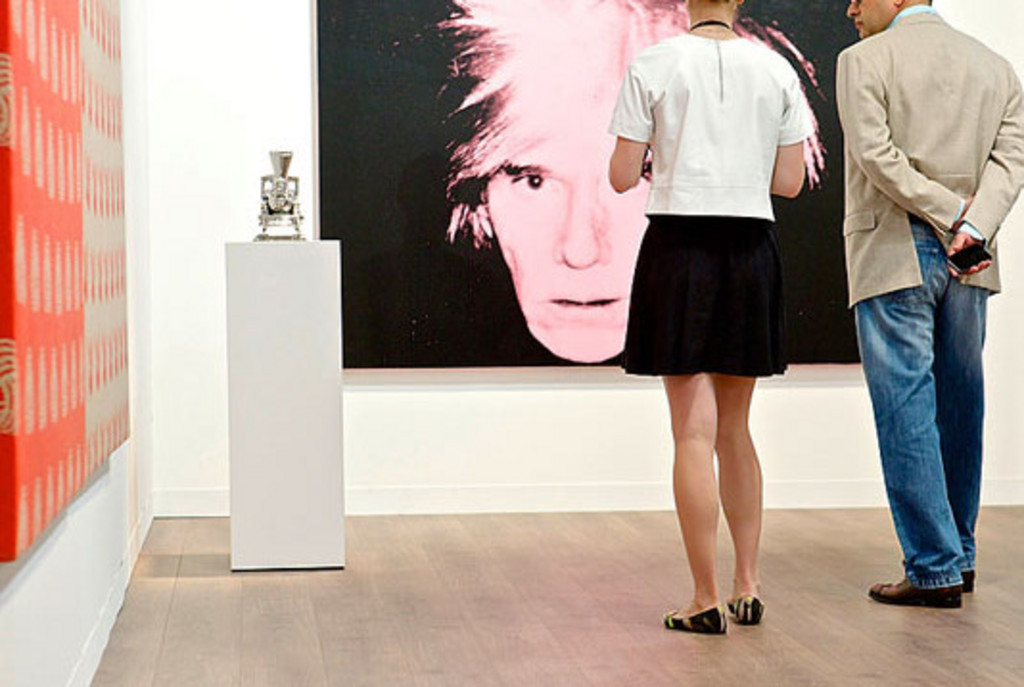
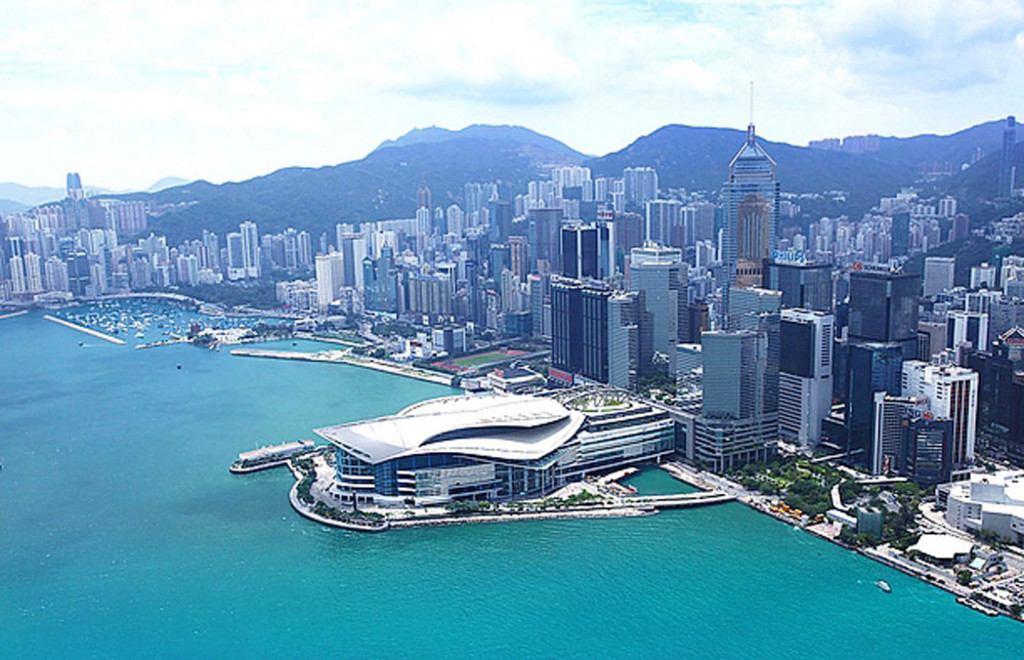
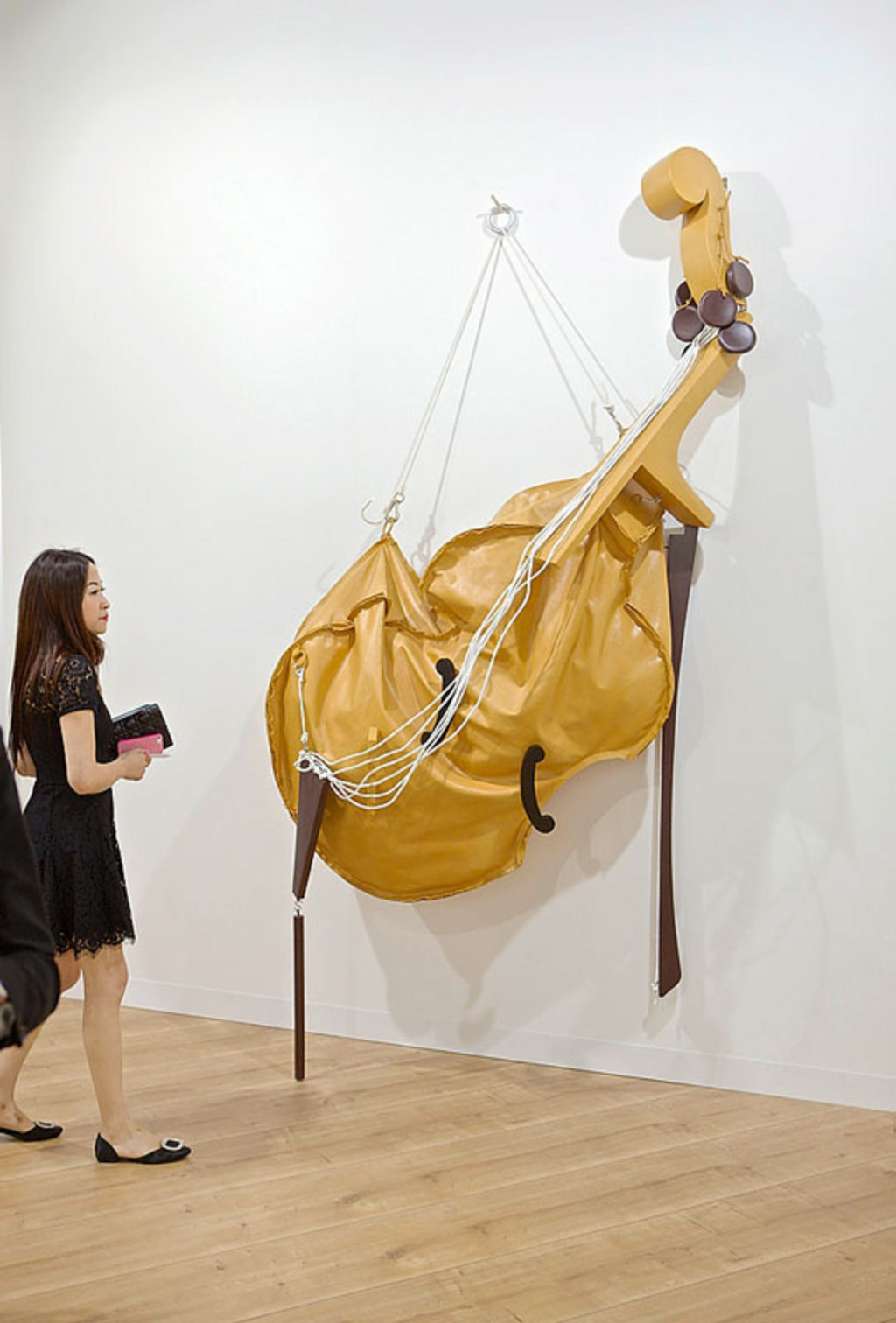
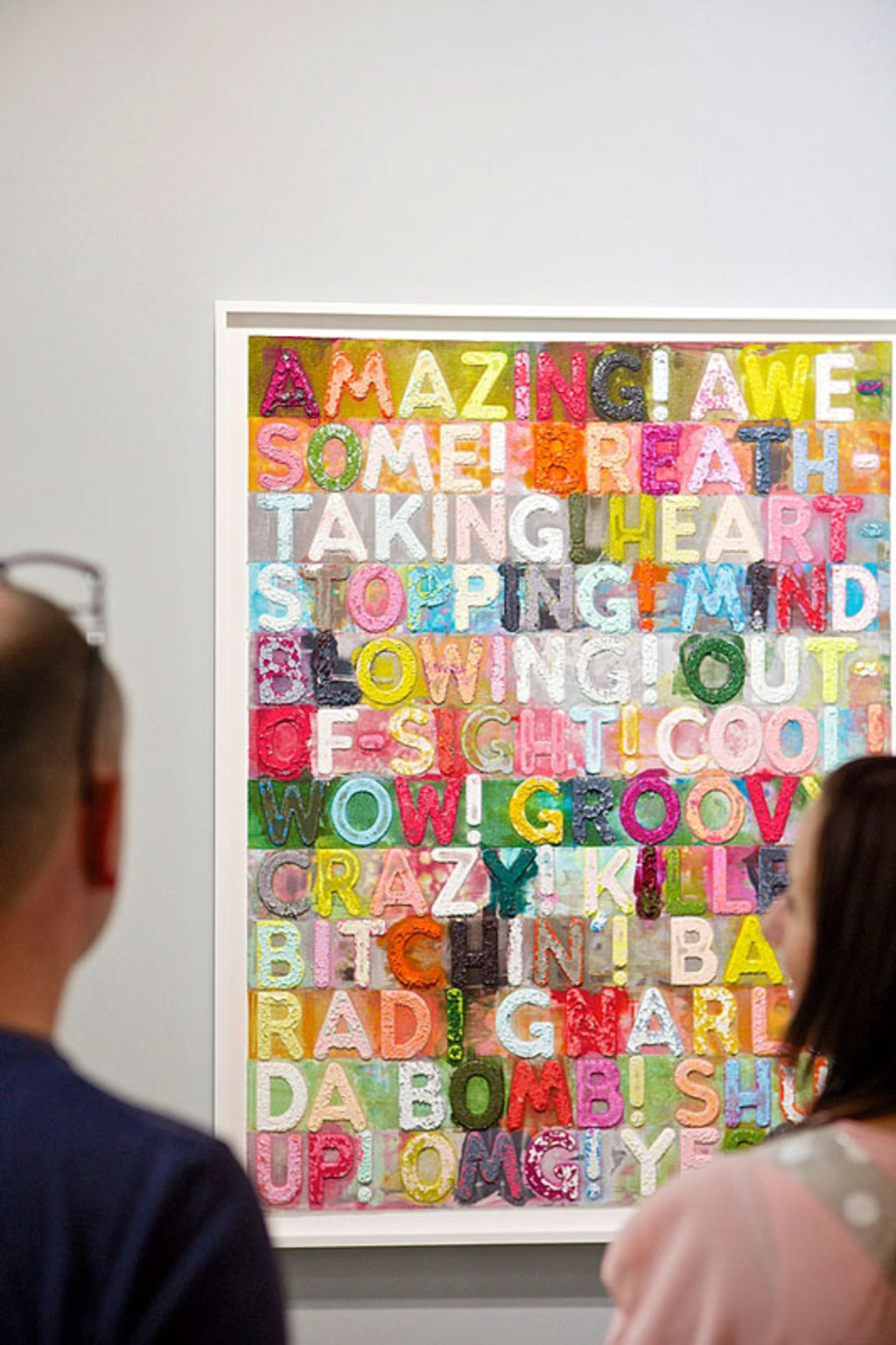
Comments
Comments :
Sehr gute Biographie der ART Basel !
We visited Art Basel long before moving to the U.S.
Inspiring experience for emerging artists and art lovers alike.
Mignon
<http://Naegeli.net>
Naegeli.net